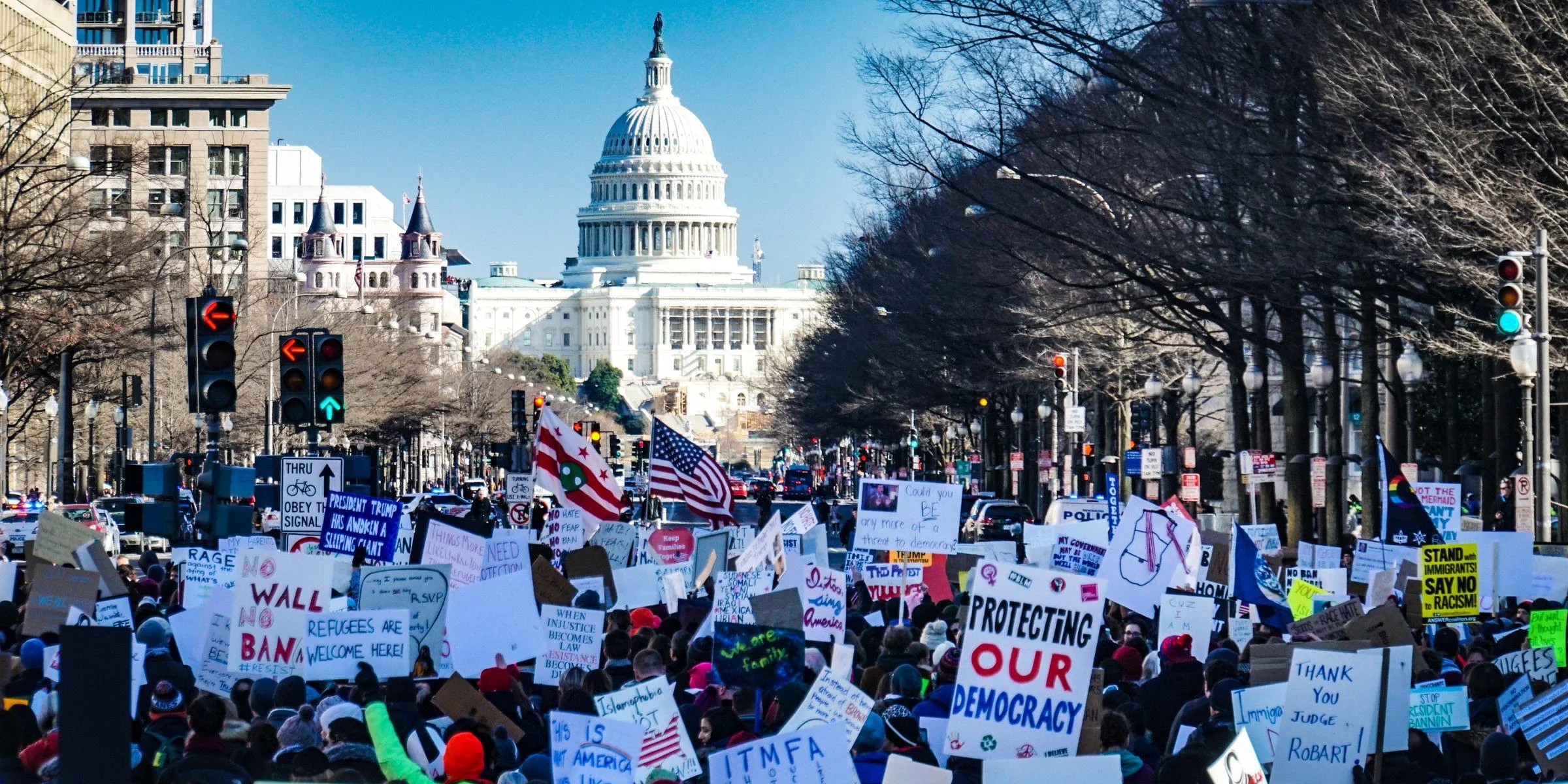The polarisation problem: The chasm of political opinion in America
On 6 January 2021, four and a half years ago, rioters broke into the United States Capitol after repeated reports that President Donald J. Trump had the 2020 Presidential Election stolen from him. Then-sitting US President Trump had invited supporters to voice their disagreement with the opposing party through an endorsed march on Washington. During the affair, five people died and many more were injured. Lawmakers had to be evacuated from the Capitol Building, and hundreds were charged with trespassing and conspiracy.
The microcosm of this event is a worrying tableau for a more cut-throat form of politics that has become pervasive in America during the 21st Century. The political temperature in the country has reached a boiling point. The question is, where do they go from here?
80% of Americans remain deeply divided on this central issue, with only 18% believing that the country is united. The biases controlling the mindsets and views of the American electorate are driven by identity
The United States government was never designed to be run concurrently with the party system. The bicameral legislature – along with the judicial and executive branches – was designed by the Founding Fathers to provide consistent checks on each other. What the country has seen over the past 200 years is a slide towards more overt partisanship, with less and less divergence in the viewpoints of the two parties. America has rapidly become one of the most divided and polarised nations in the world. A year on from the 2024 presidential election, the country is staring down an open wound it continues to struggle to heal.
According to a Gallup poll taken a year ago, 80% of Americans remain deeply divided on this central issue, with only 18% believing that the country is united. The biases controlling the mindsets and views of the American electorate are driven by identity. This is learned behaviour, drawn directly from the partisan and point-scoring nature of lawmakers in Washington. The vast majority of Americans have become entrenched in an unshakeable partisan stance, with any question of cooperation with those from a different political view met with visceral aggravation. As both the 45th and the 47th President of the United States, Donald Trump has been seen to stoke the flames and quicken the burn of polarisation. In both style and substance, the president’s behaviour is that of the antagonist.
‘Kirk did not hate his opponents. That’s where I disagreed. I hate my opponents, and I do not want the best for them’
His political decision-making is almost entirely dictated by a win/lose, us/them, good/evil mindset. In the wake of the assassination of prominent conservative activist and MAGA affiliate Charlie Kirk’s death, the president said the following: “Kirk did not hate his opponents. That’s where I disagreed. I hate my opponents, and I do not want the best for them.”
Language like this only goes one way, and that is towards, not away from, a more stringent division in the country. To many, especially those more heavily involved with the US political system, it appears the country is caught in a loop of polarisation. The options to break this cycle have become limited. One of the most advocated strategies for remedying said polarisation has been actively inviting healthy disagreement.
The choice the nation faces is equally binary: either find the off-ramp or face free-fall
Journalist and New York Times Opinion author Ezra Klein offers the following insight on the role of the media in framing this disagreement: “The fundamental thing the media does all day, every day, is decide what to cover — decide, that is, what is newsworthy.” In his best-selling book Why We’re Polarised, Klein states that the raised political temperature is the result of a convergence across both Democratic and Republican factions between identity and politics. He sees the only way of resolving this as changing the nature of how politics itself operates in the country. The problem for America is that it seems neither side is particularly willing to do this.
In an age where polarisation has become a nucleus of politics, and the media only exists to play up divisions, reason and rhetoric have transitioned towards normalised political violence, with deeply troubling and damaging consequences. The choice the nation faces is equally binary: either find the off-ramp or face free-fall. It is now up to each and every American to decide.

Comments